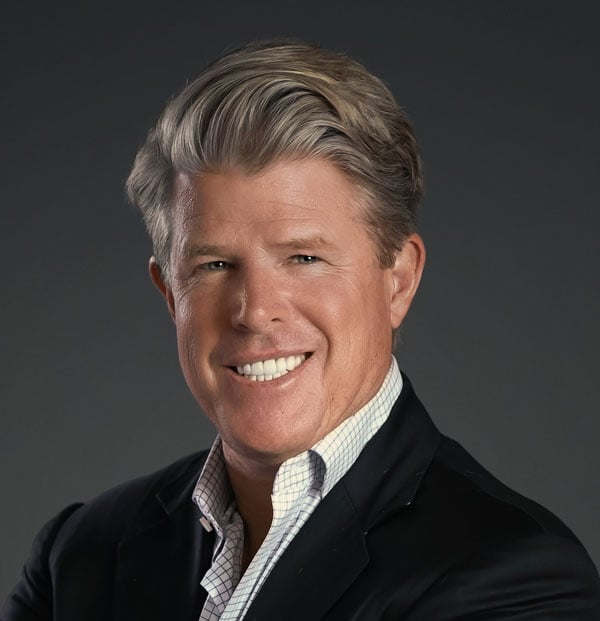Capping off the 13F-flow trends we observed among allocators for the second quarter, even though equity market performance has been lagging, asset class flows have been telling us another story - more specifically, the vehicles used to gain exposure. As noted, a few weeks ago equities still captured 57% of the net positive ETF flows from an asset class perspective.
What's interesting is the same trends were not present in mutual fund flows as reported by Refintiv | Lipper. US equities had net-outflows of $41 B, vs the inflows we measured via ETFs of $38B, with the same trends present in International Equities.
|
Asset Class
|
Q1-2022-net flow in $
|
Q2-2022- net flow in $
|
|
US Equity- ETF
|
87,611,598,791
|
38,090,000,000
|
|
US Equity- mutual fund
|
(16,586,425,002)
|
(41,600,342,331)
|
|
International Equity
|
1,376,175,145
|
(31,738,148,822.00)
|
|
International Equity-ETF
|
40,480,424,411
|
15,780,000,000
|
This tells us that allocators are not just looking at asset classes in portfolio construction, but that different trends can be observed in the vehicles used.
The top category where funds maintained strong net-positive flows were in alternative focused strategies, while we did not see the same via ETF 13-F, as they captured half the assets as mutual fund vehicles in alts. The top sub-asset class where we saw identical trends, no matter the vehicle, was in foreign large blend strategies with both funds and ETFs seeing strong quarter over quarter flows.
The sub-asset class that illustrated biggest divergence of flows was in emerging market equities as mutual funds saw outflows of $8.5B, versus ETFs seeing inflows of $6.5B into emerging markets. On the surface one would think this is a traditional “active into passive” shift, however the 13Fs in Marketplace showed that many of these strategies are in fact active or factor bent, rather than traditional passive.
Looking at the Q2 equity sub asset class flows of note, the following trends caught our attention:
- Large value
- Foreign Large Blend
- Emerging Markets
- Large Blend
- Healthcare
- Large Growth
- Foreign Large Value
Demand for income related stocks in the Large Value sub-asset class drew the most flows and is now running 25% higher than for all of 2021. If there was one outlier for Q2, it was the outflows from financials sector, mainly via passive ETFs.
|
Equity Sub-Asset Class
|
Q1-2022-net flow-ETFs
|
Q2-2022- net flow-ETFs
|
Percent of net-flow
|
|
Large Value
|
$33,975,992,232.00
|
$23,428,516,732.00
|
33%
|
|
Foreign Large Blend
|
$14,898,648,021.00
|
$7,528,816,786.00
|
11%
|
|
Diversified Emerging Markets
|
$ 11,435,910,192.00
|
$ 6,501,913,754.00
|
9%
|
|
Large Blend
|
$39,919,990,551.00
|
$ 5,161,531,466.00
|
7%
|
|
Health
|
$ 2,929,021,720.00
|
$4,545,892,142.00
|
6%
|
|
Large Growth
|
$3,895,740,698.00
|
$3,898,469,526.00
|
5%
|
|
Foreign Large Value
|
$2,963,999,153.00
|
$3,334,895,595.00
|
5%
|
|
Outlier of note
|
|
Financials
|
$2,321,108,627.00
|
$(14,678,050,000)
|
(15.00)%
|
For more information on 13F filing information, we’d love to offer you a free trial of Dakota Marketplace!



